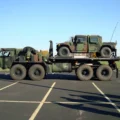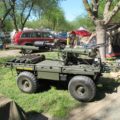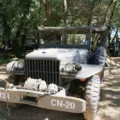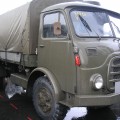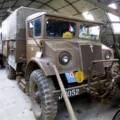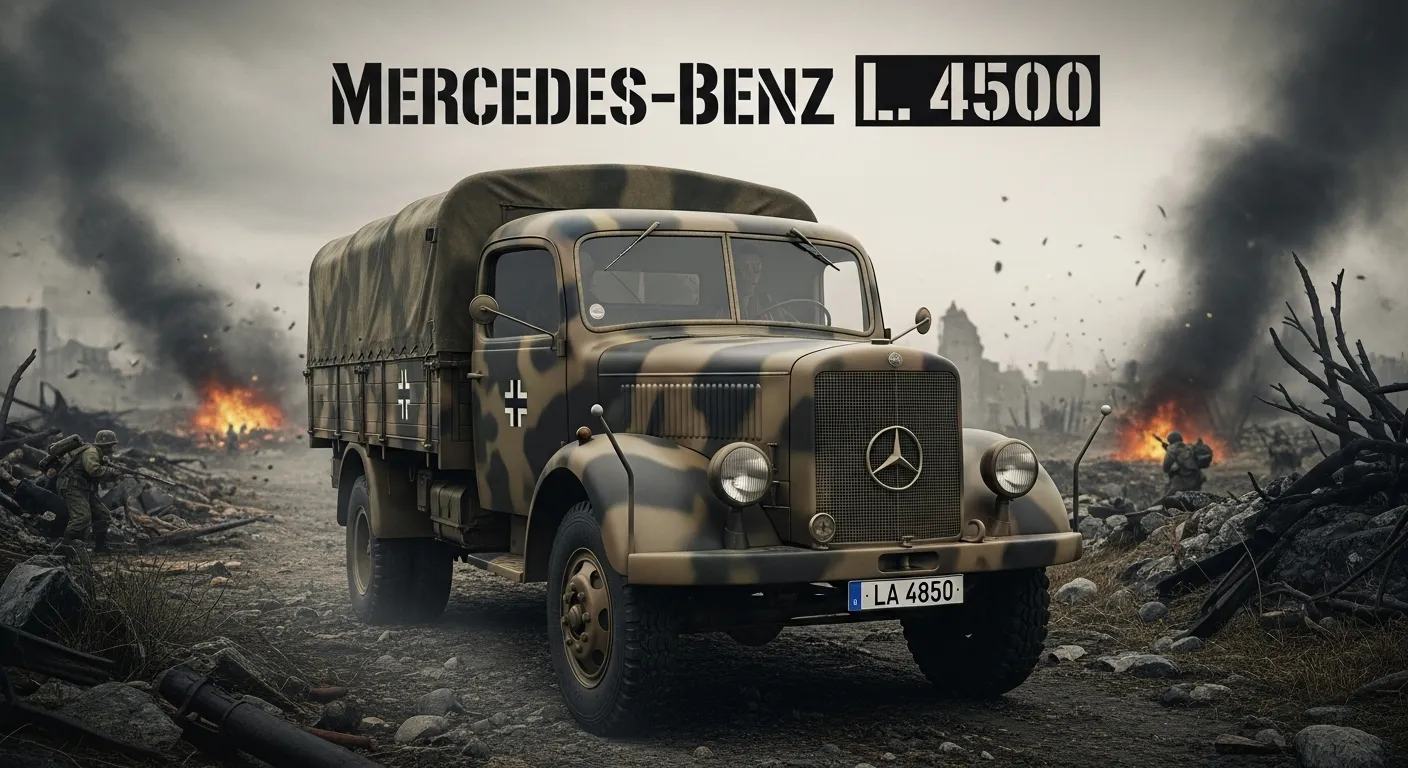
Mercedes-Benz L 4500 | |
|---|---|
| Šalies | Vokietija |
| Tipas | sunkvežimis |
| Gamyba | 1939 – 1945 |
| Pastatytas | Nežinoti |
2007 Mercedes-Benz L 4500 was a heavy duty truck by Mercedes-Benz. It was built by Daimler-Benz from 1939 – 1944 in the Mercedes-Benz plant Gaggenau, and from 1944 – 1945 by Saurer. The vehicle is a long-bonnet truck and was offered as a rear-wheel-drive truck (L 4500 S) and as an all-wheel-drive truck (L 4500 A). The German Wehrmacht used the L 4500 with armoured cabins as Flak trucks during World War II.
Šaltinis: Vikipedija
| Mercedes Benz L4500S 4.5t Walk Around | |
|---|---|
| Fotografas | Unknow |
| Lokalizavimo | Nežinoti |
| Nuotraukos | 9 |
Taip pat žiūrėkite:
The Mercedes-Benz L 4500 was a heavy-duty truck produced by Daimler-Benz during World War II. It served primarily with the Wehrmacht and other Axis forces, fulfilling various transport roles. Known for its robust construction and reliability, it was a vital asset in challenging wartime conditions.
Pagrindinės savybės
- Heavy-Duty Design: Built for demanding transport tasks, capable of carrying substantial loads.
- Robust Construction: Designed to withstand harsh conditions and rough terrain.
- Reliable Engine: Equipped with a powerful diesel engine, providing adequate performance for its role.
- All-Wheel Drive (Variants): Some variants featured all-wheel drive, enhancing off-road capabilities.
- Versatile Use: Employed in various roles, including cargo transport, troop transport, and artillery towing.
Veiklos istorija
The L 4500 saw extensive service on various fronts during World War II. Its reliability and ruggedness made it a valuable asset for military logistics. Despite wartime production constraints and challenging conditions, it proved to be a dependable vehicle.
Variantai
- L 4500 A: The all-wheel drive variant, offering improved off-road performance.
- L 4500 S: The standard rear-wheel drive variant.
- Specialized variants for specific military applications.
Palikimas
The Mercedes-Benz L 4500 played a crucial role in wartime transport and logistics. Its robust design and reliable performance contributed to its reputation as a dependable heavy truck. Despite its wartime origins, it remains a notable example of German heavy vehicle engineering from that era.
Views : 145




